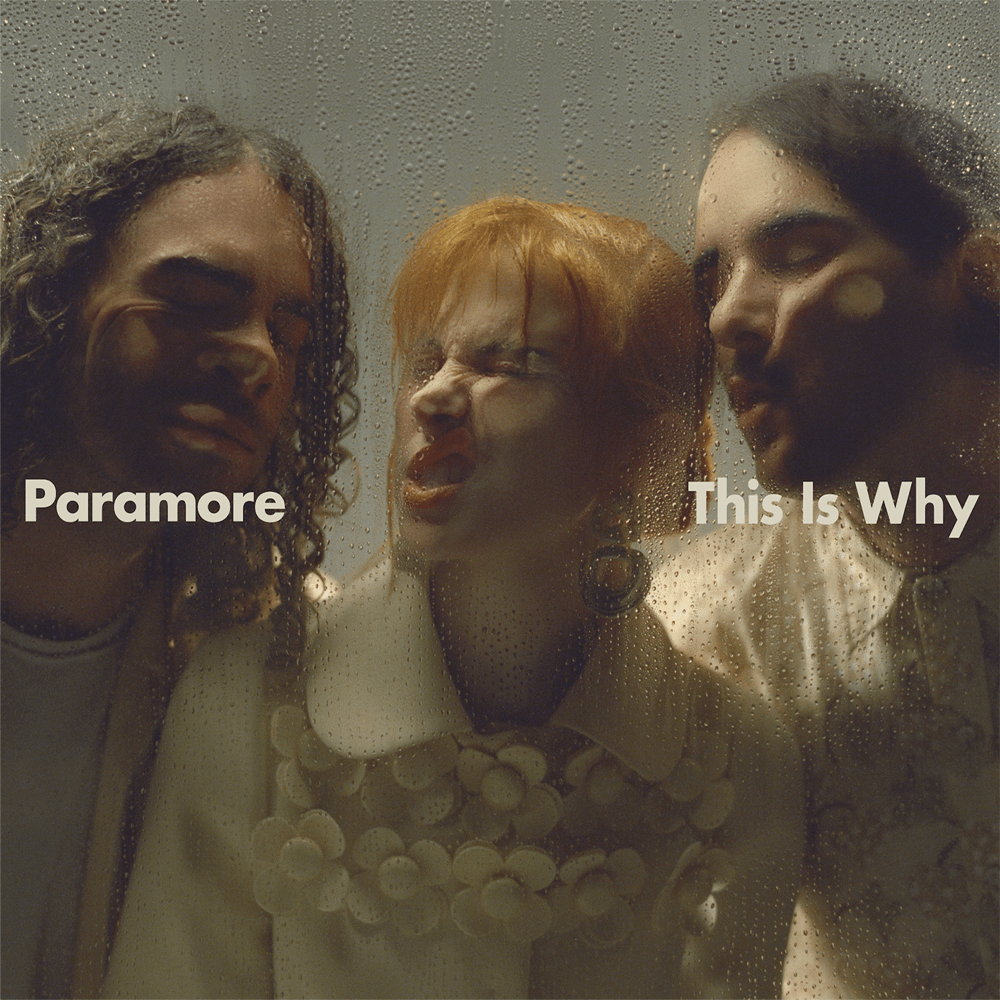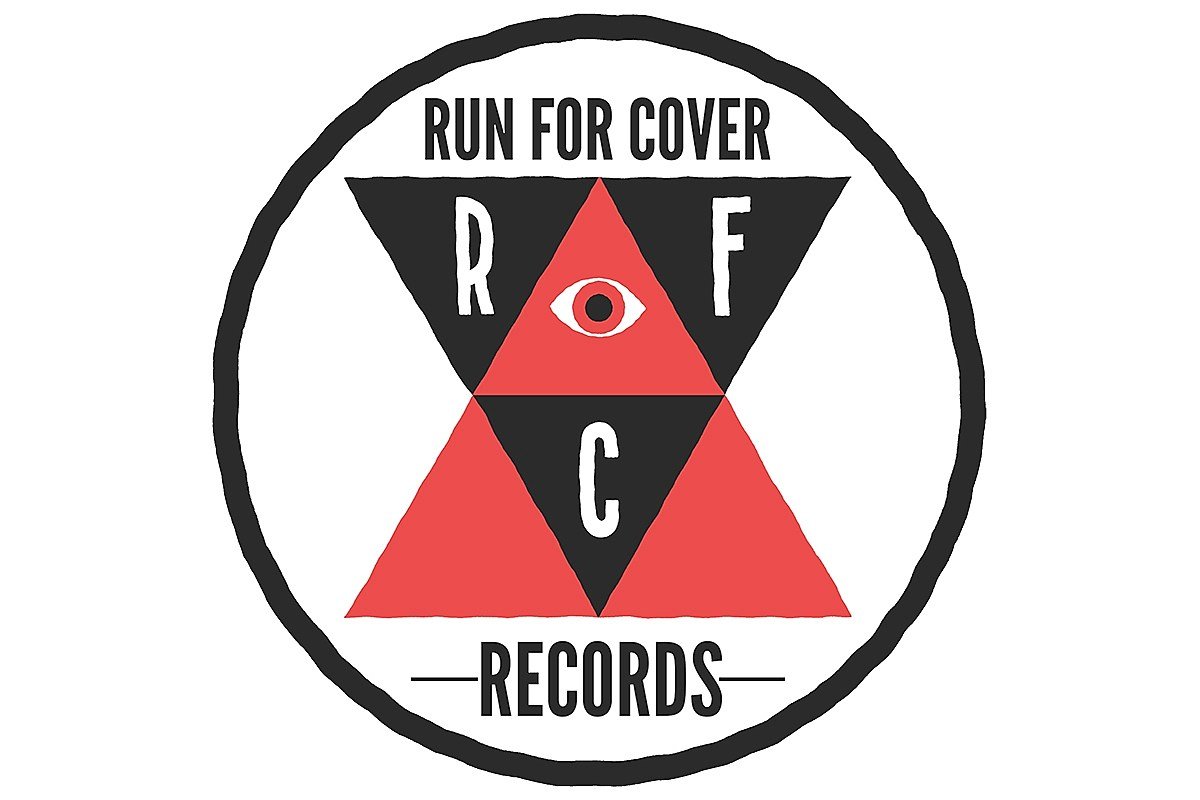Paramore – This Is Why | Album Review
/Atlantic Records
When frontwoman Hayley Williams, guitarist Taylor York, and drummer Zac Farro decided to start writing music again as Paramore in 2021, the first thing they created was “Thick Skull,” the final track on their new album, This Is Why. It answers a question I’ve been asking for a long time, and something I think more people frankly should have been asking too: what if my bloody valentine, but with a good singer? It’s my favorite song on the album, and I think it’s perfect: the brooding guitar builds underneath Hayley’s verses like a storm, breaking around the 3-minute mark right as she jumps up an octave for the final incendiary chorus. I’ve seen people call it “Paramore’s shoegaze song,” and it’s true, but “Thick Skull” is also urgent in a way that most shoegaze isn’t. It’s the feeling of the three bandmates surrendering, perhaps for the first time in decades, to the inevitable draw of writing rock music together.
For many fans, Hayley could sing the phone book, and they’d eat it up, but that’s never been good enough for Paramore. With This Is Why, they pay their rent with change to spare: each of the ten songs has something to say, with style statements in equal measure to substance. The band draws from Bloc Party, British post-punk, and the “indie sleaze” dance-punk of the late 2010s to augment their signature melodic rock sound. They are making music on their own time and on their own terms, and the assuredness comes through. Paramore are right where they are supposed to be.
The album’s lead single and title track reintroduces the band in the only way that’s fitting: as a trio. Guitarist Taylor York and drummer Zac Farro have said they worked more collaboratively on the album’s instrumentation than they’ve ever done in the past, and nowhere on the album is that alchemy more obvious than on “This Is Why.” York’s guitar crashes in on the choruses, pounding along with Farro’s kit like an extra snare. Williams’ voice builds and breaks on the bridge, formatting the three friends’ treatise on agoraphobia with the explosive vocals the world has always craved from her.
Not every moment on This Is Why is perfect, but all of it adds to the Paramore extended universe, and it will be interesting to see what sticks. There’s something I like to call the “Ain’t It Fun” Effect: the Paramore songs that genre-bend to a bit of a ham-fisted extent often end up beloved. Plus, the band’s curveball songs—often dismissed by critics—have historically been the ones that reach a new corner of music fans. Many Black Paramore listeners cite “Ain’t It Fun” as an important touchstone in their fandom.
There’s such a vital spot in the Paramore ecosystem for the tryhard songs—I mean, have you listened to them? They’ve been not-exactly-subtle for going on two decades now. In that light, “The News” and “C’est Comme Ça”—two of the album’s three singles, and the songs with the heaviest post-punk touch—may overreach a bit. But I say let ‘em cook.
The second half of the album, though, plunges relentlessly into the strongest writing the band has ever done. “You First” kicks off the run with a punky bite reminiscent of Riot! or Brand New Eyes. Williams plays out an internal battle, where she wrestles with the energetic cost of resentment on her inner peace. Ultimatley, her spite wins out on this one, landing her at the vindictive conclusion that, “Karma's gonna come for all of us, and I hope she comes for you first.” Then “Figure 8” starts off like the start of a roller coaster, rushing into the first moment of the album that gave me real chills: Hayley’s howling harmonies over the pre-chorus, confessing “I don’t know how to stop / I don’t know how to stop.”
Track eight, “Liar,” isn’t just a good song; it’s a momentous one. As much as Williams has historically evaded media conversation about her dating life, it’s always been a center of gravity for Paramore: her romantic endeavors have been the source material for much of their best music. The vulnerability of “Liar” is as hard-won as it is sacred. The track plays out as the guarded singer (she’s a Capricorn) serenades guitarist York, her partner of a few years. As longtime Paramore fans know, York was a founding member of the band (he, Farro, and Williams have been friends since middle school) and, according to interviews, supported Hayley through the darkest time of her life in the mid-2010s. The addition of this song to Paramore’s canon is a gift, and its lovely guitars and wistful vocals underscore its quiet significance.
What the band has to say on the final two songs, “Crave” and “Thick Skull,” feels like two sides of the same coin. Life is long, much longer than we’d imagined when we were stealing boyfriends in high school, and the time starts to play out in patterns when we tread through enough of it. Layers of Hayley’s power vocals (some of the prettiest of her career) and unresolved seventh-chords drench “Crave” in longing: she tries and often fails to live in the present, but the honesty in her efforts tethers her to life’s sweetness either way. The dark mantras of “Thick Skull” usher in the opposite side of the years’ unraveling:
Thick skull never did
Nothin' for me
Same lesson again
Come on, give it to me
The foil to “Crave’s” soaring harmonies, Williams’ musings on “Thick Skull” are just as impressive vocally, but play with a more sinister tone. It’s an album closer that denies us resolution, reminding us that yang belongs just as much as yin and that the angst that fueled us as teens might still have a thing or two to teach us. This song exemplifies the kind of delicate depths that decades-long bandmate relationships give you the sanctuary to explore.
This Is Why triumphs in its confessions, in its breadth, in its generosity. In the first Paramore album with the same lineup as its last, Williams, York, and Farro’s hard-won love for one another and their fans lets them carve creative new paths into post-punk, shoegaze, and dance rock. For a band that so easily could have gotten stuck in the past, Paramore shows us that no matter how dark the world feels, we can always find our way back to each other.
Katie Wojciechowski is a music writer and karaoke superstar in Austin, Texas. She is from there, but between 2010 and now, also lived in Lubbock, TX, Portland, OR, and a camper. Her life is a movie in which her bearded dragon Pancake is the star. You can check out her Substack here, and some of her other writing here. She’s writing a book about growing up alongside her favorite band, Paramore.








